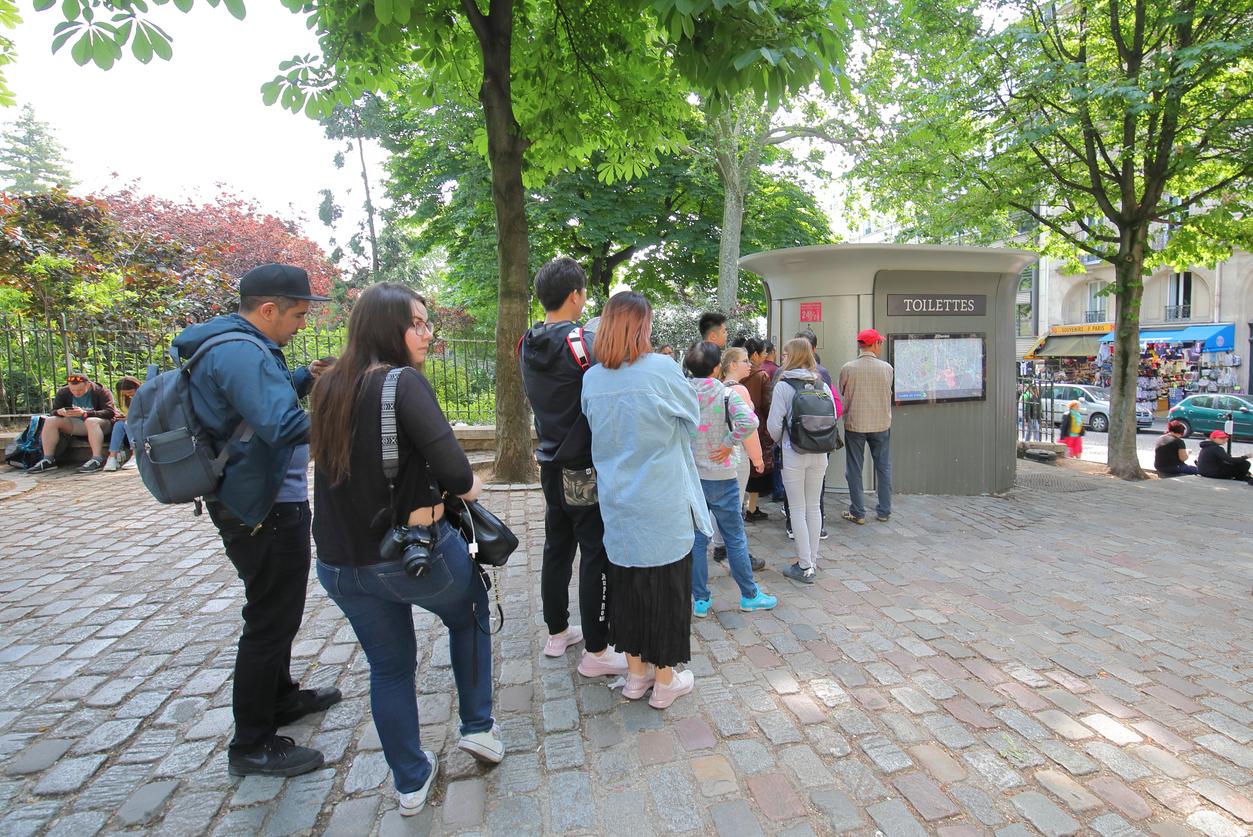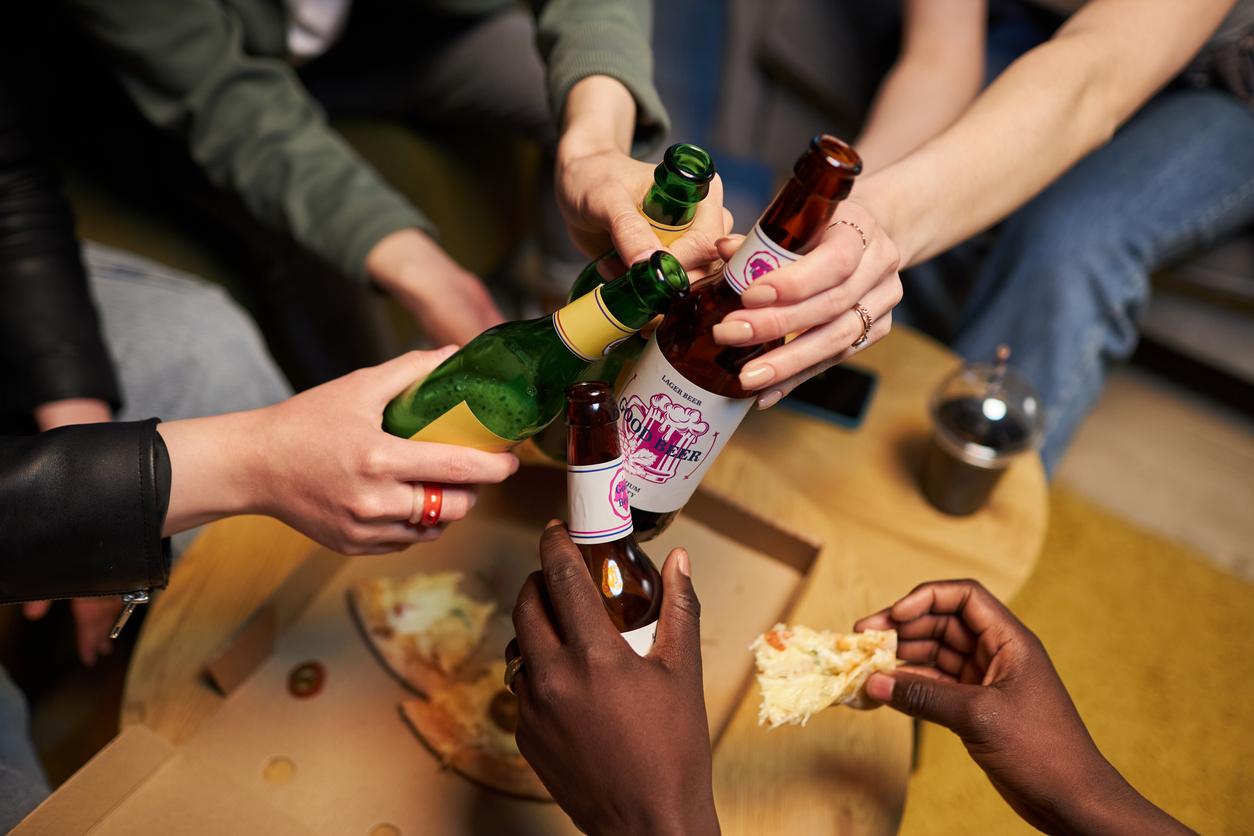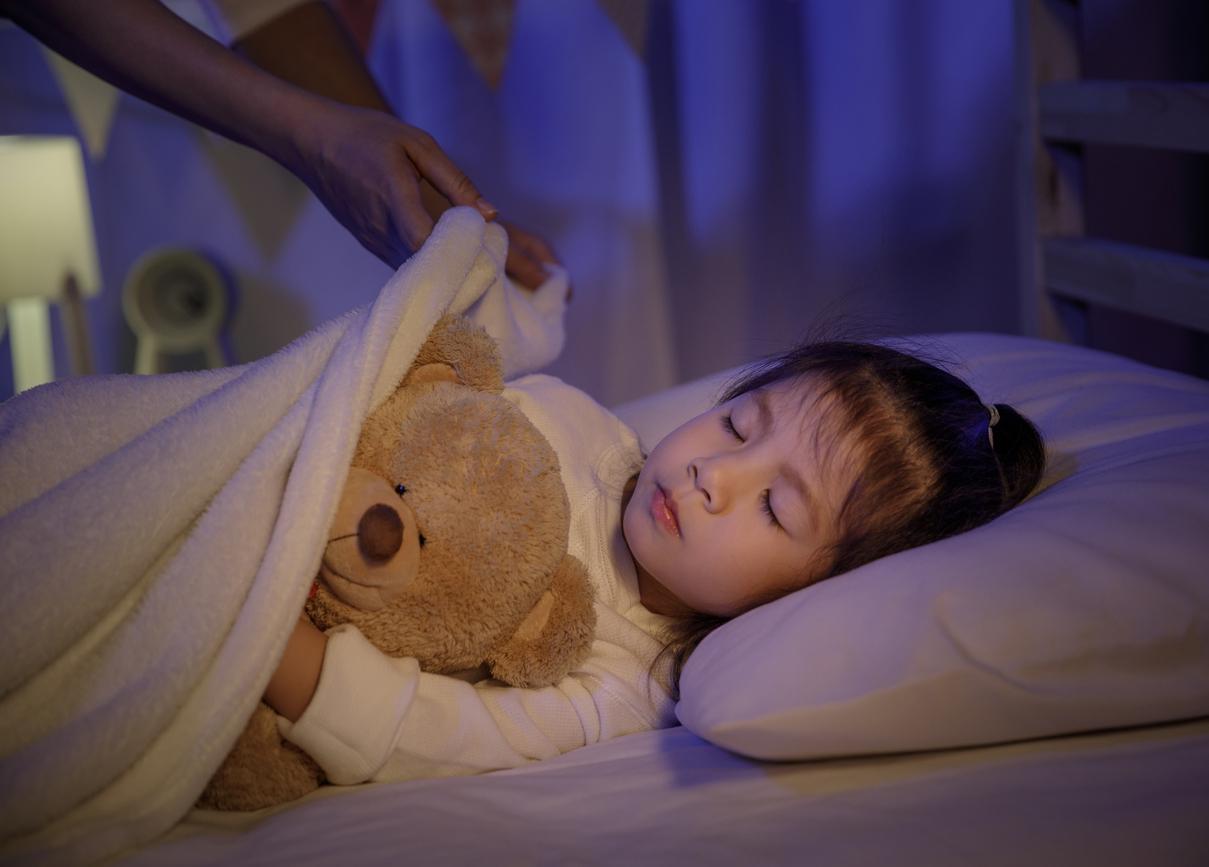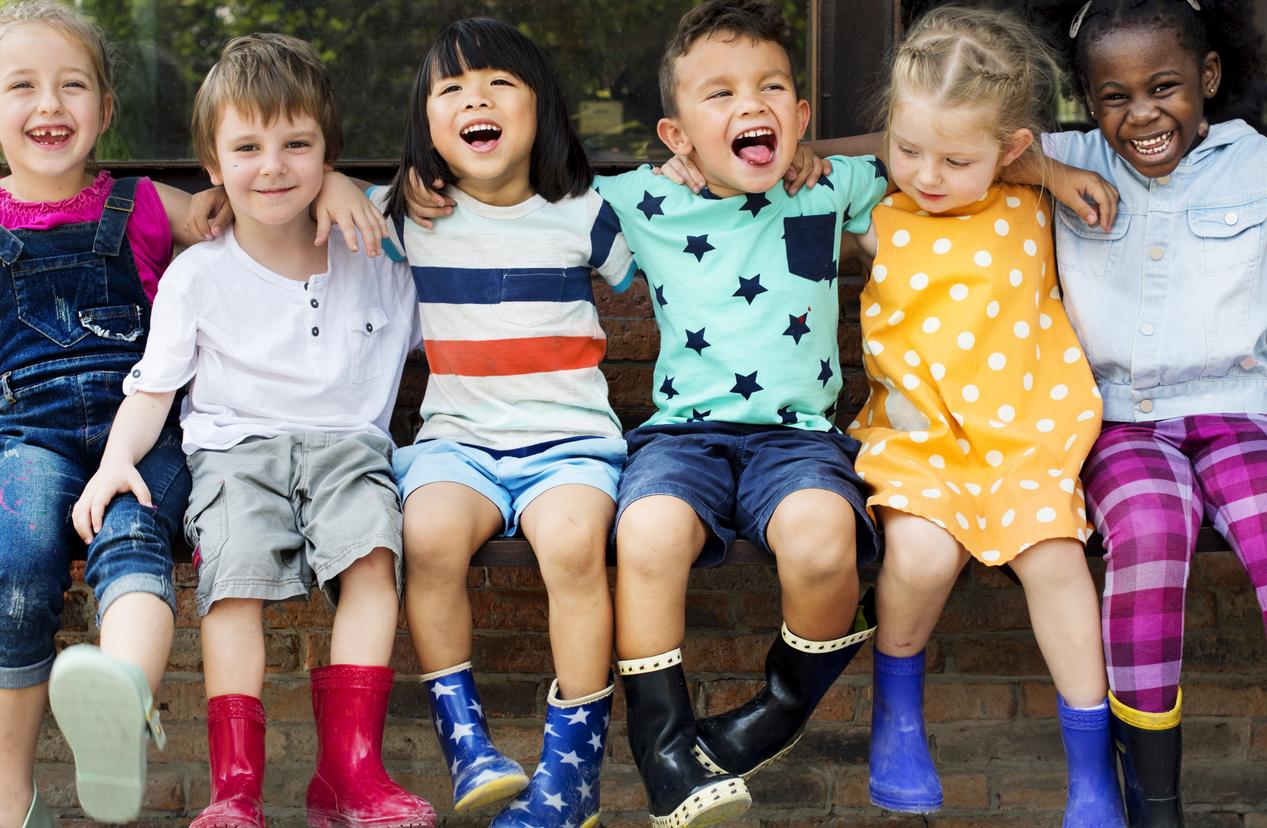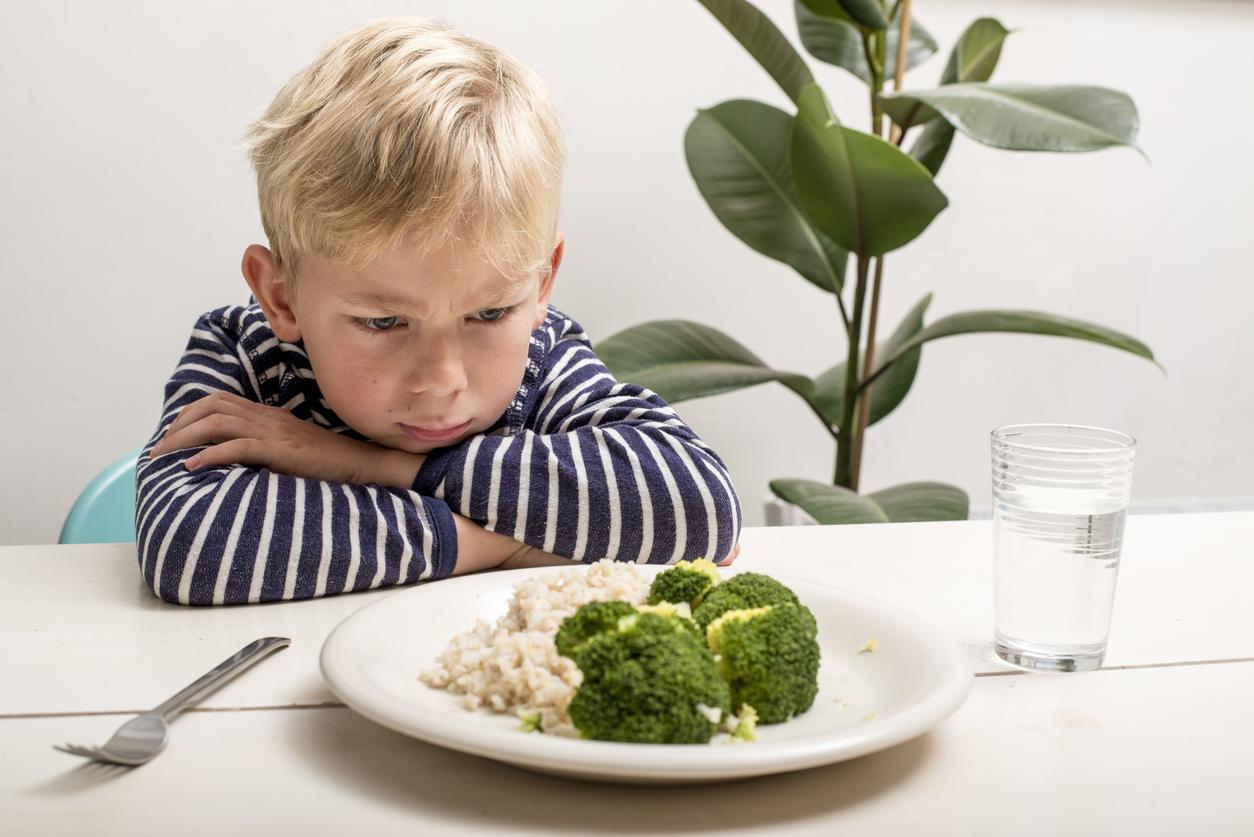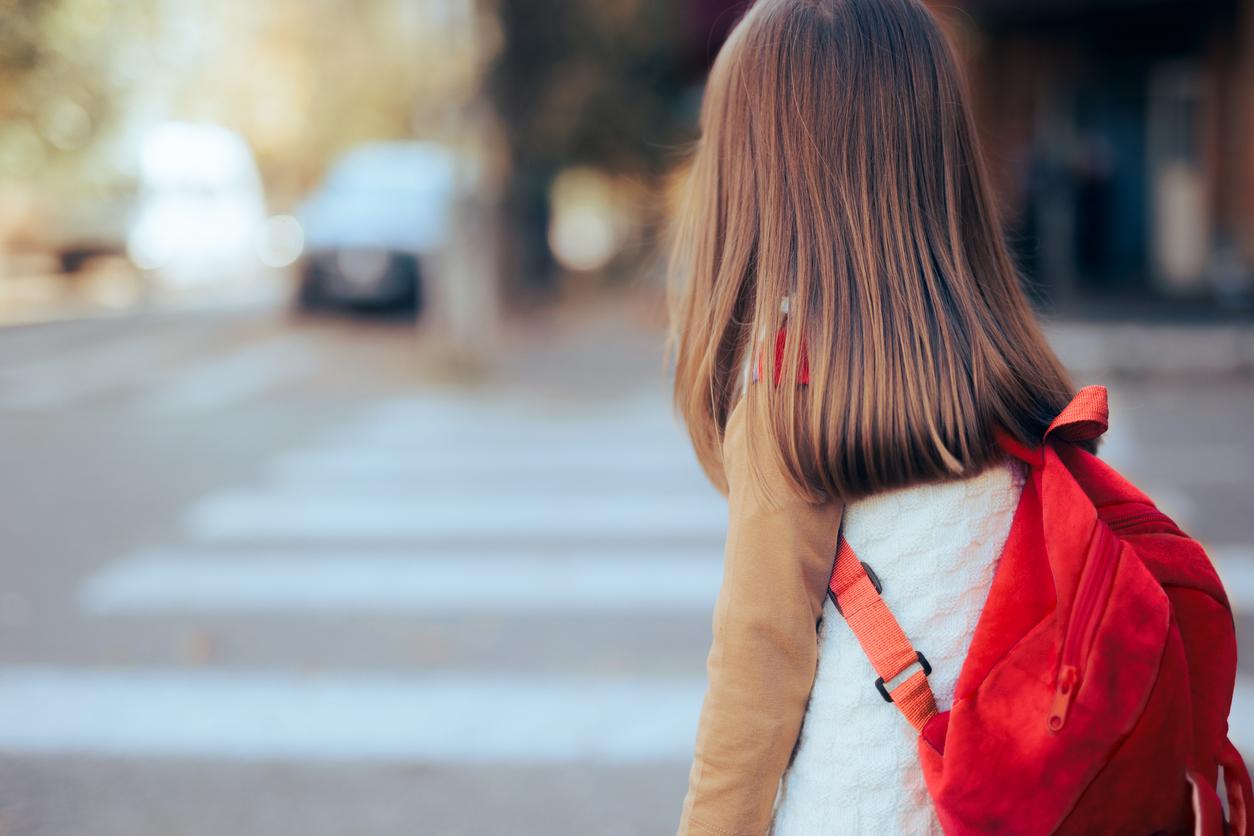Within schools, primary and middle school students known and loved by the greatest number, but who do not necessarily have several friends, are more inclined to be aggressive and disruptive.
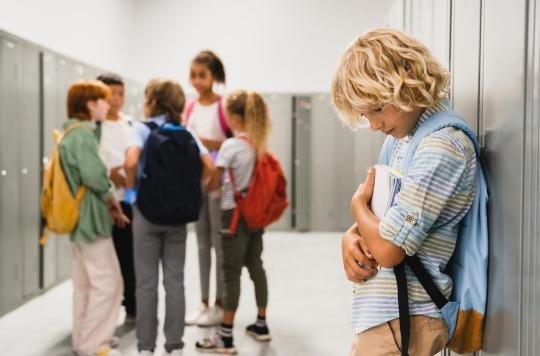
- “Disagreement can be an effective social strategy that exploits the implicit threat of coercion into dominance, building popularity through reminders rather than actual displays of aggression and disruption,” the scientists say.
“Popularity is important for children and teenagers. Some believe that being popular is more important than having friends, because popularity is a marker of prestige, dominance and social status,” said researchers from Florida Atlantic University in the United States. In a recent study published in the journal Personality and Individual Differencesthey wanted to test the hypothesis that conflict exacerbates the associations between aggression and disruption and popularity in the classroom.
For the purposes of the work, the scientists recruited 356 students (181 girls, 172 boys), aged 8 to 12, from a school in Florida. They observed their behavior. Based on the results, higher levels of child-reported aggression and disruptiveness were associated with increased participant-reported popularity, particularly for children who report frequent conflict with classmates.
Aggressive or disruptive behavior can persuade others to submit
Since aggression typically occurs in the context of conflict, it follows that disagreements with aggressive children carry an implicit threat of harm, the authors say. To avoid this aggression, classmates are likely to submit, which provides visible evidence of dominance and contributes to short-term popularity.
“A similar process seems to work for disruptive children, although less pronounced. Submission in response to a disagreement with a disruptive child avoids irritating classmates who are aware of the risks of alienating someone who is ready to destabilize the group to achieve his ends”, said Brett Laursen, lead author, in a statement.







